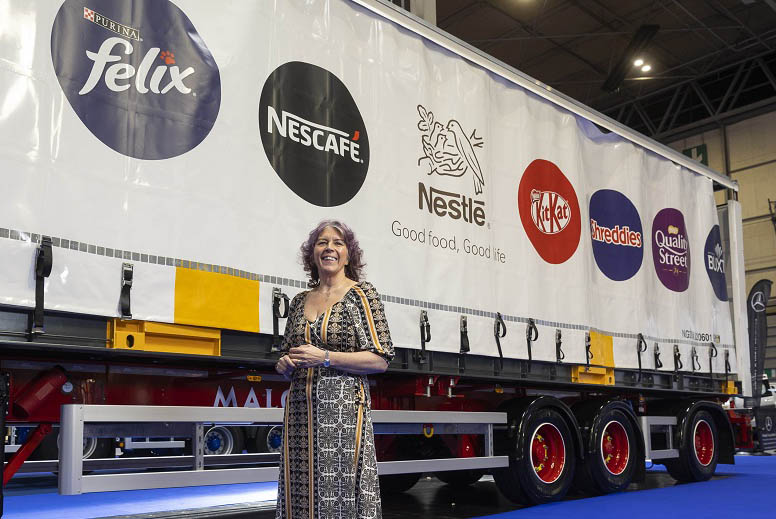
The new curtain-sided rail container with a raising roof is designed to transport double-stacked palletised products by rail. The design of the container overcomes an important barrier as the height of road trailers differs from rail containers due to the height constraints of the rail network, meaning transport by rail had not been a viable option for Nestlé until now.
Utilising a hydraulic raising roof mechanism, the unit allows the business to double-stack its food and drink products. The roof is then lowered to just above the height of the stock, making it compliant with the height requirements of rail transport, while being able to get more products on board.
Nestlé has partnered with Oxford Rail Strategies, Bootle Containers and Marine Container Test Services to design and build the container. Trials will be carried out in partnership with Network Rail, Maritime Transport, W H Malcom Group and Freightliner.
If successful, the project could have wide-reaching benefits such as reducing traffic congestion and carbon emissions in the future. According to Network Rail, each freight train takes up to 76 heavy goods vehicles off the roads.
Head of Delivery at Nestlé UK & Ireland, Sally Wright (pictured above), said: "This project has been three years in the making, we continue to develop our future transport strategy and this project could have a profound impact on reducing the number of trucks that Nestlé puts on the roads."
"We're currently testing this approach on one route, from the Midlands to London Thames, as we know our container is suitable to travel on this rail route, and it's a high-volume route for our products from both Hams Hall and East Midlands Gateway."
The container is due to embark on a trial journey later this year with goods going to retailer Tesco. This trial is just one of the ways that Nestlé is looking to reduce its carbon footprint.
Earlier this year, the company switched 75 per cent of its owned fleet of trucks from diesel to Bio-LNG, a liquefied gas that is a by-product of waste.
Nestlé has been exploring solutions to reduce its carbon emissions in its transport and logistics network since 2017. The company has committed to halve its emissions by 2030 and reach net zero by 2050.